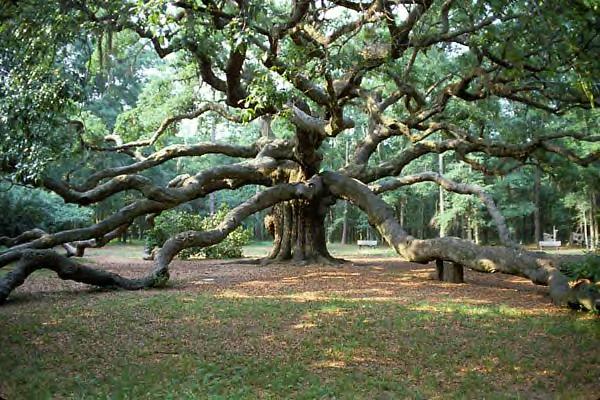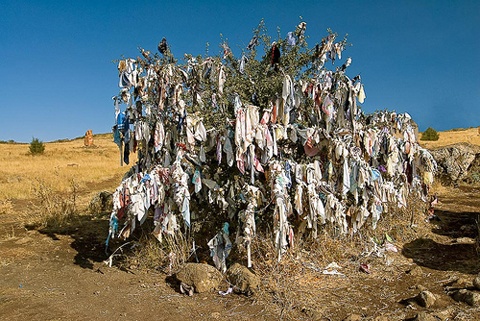
Ancient Plane Tree
For he had been dedicated to the cult of the plane trees at Aramaneak in Aramvir. The murmuring of their foliage and the direction of their movement at the gentler or stronger blowing of the wind were used for divination in the land of the Armenians, and that for a long time.
Moses Khorenatsi, History of the Armenians (5th century A.D.)
According to historian Moses of Khoren, Anushavan Sosanver, grandson of the legendary Armenian king Ara the Beautiful, was dedicated to the cult of the plane trees at the sacred grove in Aramvir.
Sos is the Armenian word for plane tree, and the word for rustling is sosapiun. Anushavan’s name—Sosanver—means “dedicated to the plane tree” and also evokes the rustling of the tree’s leaves. Plane trees were planted in churchyards until the 10th-13th centuries. Christian religious authorities discredited the plane trees because of their relationship to pagan practices, but people still designated specific trees near holy sites as sacred.
To this day, near many ancient churchyards and small roadside chapels, you can see a tree that is festooned with rags. Armenians go to tie a piece of cloth on these “wishing trees”; each rag represents a wish or a prayer that the supplicant hopes will be granted by God.

A ‘wishing tree’ in the southern part of Armenia, in the Syunik region
Nancy Kricorian
October 30, 2012